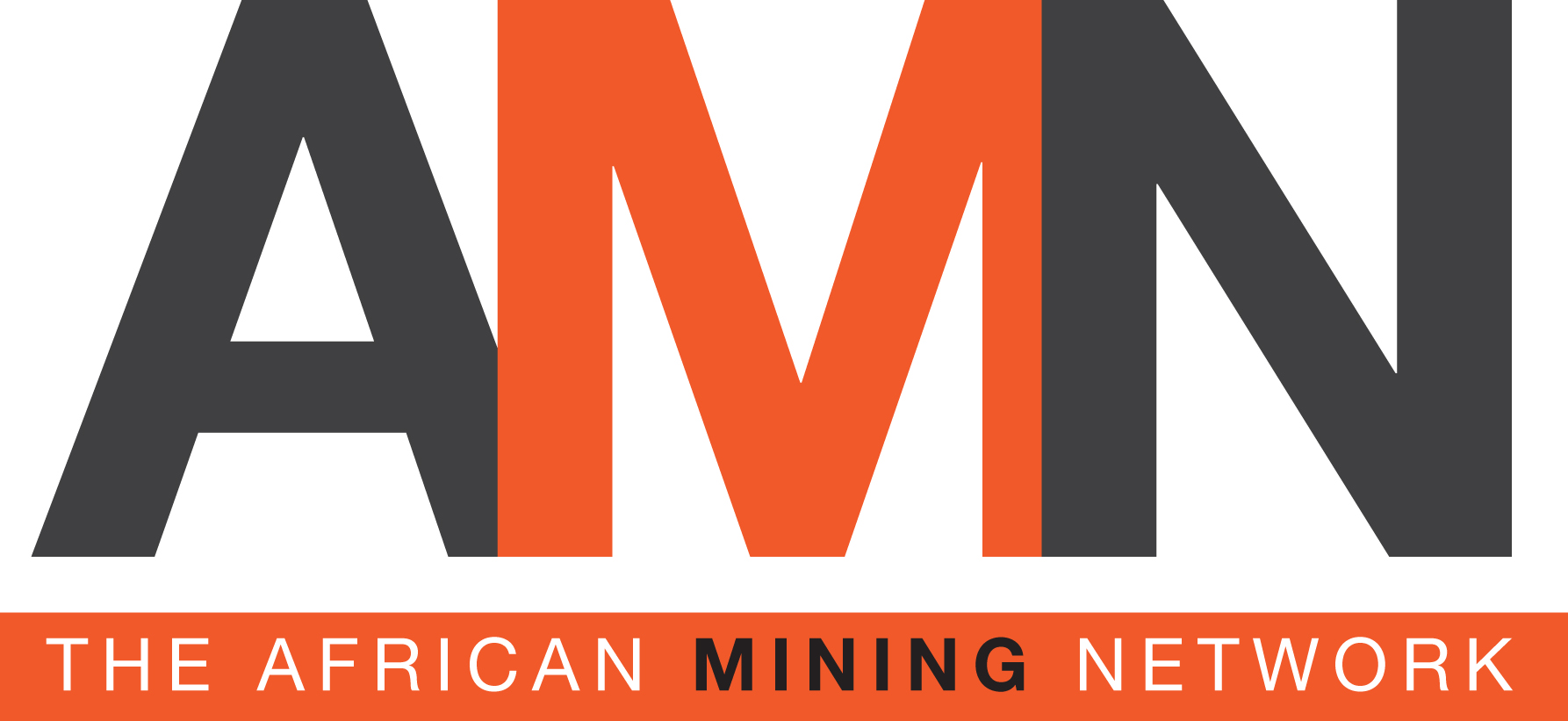- Yolanda Torrisi
- +61 412 261 870
- yolanda@yolandatorrisi.com
- Nina van Wyk
- +27 82 926 3882
- nina@africanminingnetwork.com
![]()
There have been many challenges presented to the mining industry in the DRC in the past and a number of these challenges are still evident but there are also opportunities in the large central African country. The DRC hosts some very large deposits which are being mined, developed or in advanced exploration stages that are proof that it is possible to do business effectively.
Despite the challenges posed in the past by poor government policies, corruption, civil unrest and lack of infrastructure, exacerbated by volatile commodity prices and now the coronavirus, there are examples of exploration, development and mining successes by some of the world’s bigger mining companies along with a number of juniors.
The potential is definitely present for the DRC to become Africa’s largest mining economy as it has generous reserves of copper, gold, diamonds, cobalt, lithium and coltan amongst others. However, for this to happen the country needs sound mining legislation, investment incentives and supportive government at all levels which will, in turn, boost local capital and entice foreign investors. If the DRC can get it right in these areas, growth in the industry will follow and the entire nation will benefit.
Montero Mining and Exploration president & CEO Dr Tony Harwood is an advocate for the DRC’s mining industry. He said while the new DRC mining legislation had caused concerns and impacted investment, progress was being made on some very exciting mining and exploration projects, notably developments of the world-class Kamoa-Kakula Copper Project and Kipushi Zinc Project.
“Other highlights for the DRC include the development of the high-grade Bisie Tin Project [Alphamin] as well as seeing gold production being achieved at Kibali Gold Mine.” Another junior with promising results of late and an encouraging future is AVZ Minerals with its Manono Lithium and Tin Project.
In addressing challenges surrounding the country’s mining legislation Harwood encourages current investors to discuss changes in a positive manner with government for an equally equitable solution for both parties. He believes the development of the Kamoa-Kakula project will open the Katanga province and encourage further exploration and development not only in this area but the country as well.
“Its success will aid greatly in the development of the DRC mining sector not only from a production perspective but also by increasing employment, skills transfers, taxes paid, infrastructure development both in the DRC and in neighbouring countries,” Harwood says. He also stresses the need for companies to engage effectively and productively with local communities.
A number of mining companies were upset by the process to introduce the new legislation as well as the initial implementation with seven operators initially deciding to leave the DRC Chamber of Commerce and its Mining Chamber. However, three of these operators have decided to come back and to continue the discussions with the DRC Government. This is a positive development in the DRC mining sector and an example of what is needed in the future.
In outlining this progress, Standard Bank DRC, a strong supporter of the country’s mining industry and its annual DRC Mining Week conference and exhibition, said two mining operators, Lualaba Copper Smelter (LCS) and Deziwa, commissioned their plants and started producing copper at the end of last year. This represents an additional 160,000 tonnes of copper to be produced in 2020.
The bank’s Client Coverage head Serge Bilambo said that the DRC was blessed with large volumes of high-quality grades across a range of strategically and commercially important resources. He stated: “Standard Bank remains excited about the opportunities and prospects offered by this important mining investment destination and key global resources supplier.”
In addressing the challenges facing the industry, Bilambo said: “Things have not changed much. The mining sector in the DRC faces the same challenges as the sector globally, namely cost-containment pressures in a volatile commodity price market. Policy clarity, certainty and predictability are also a challenge for the industry the world over. Those destinations able to provide long-term policy predictability and efficient implementation have been more successful at sustaining and growing capital investment over time.”
He said the DRC remained a bedrock of mining activities in the region, one that was critical to the development of this country. Through the consistent application of clear and rational mining policy, the DRC had the potential to become the world’s largest copper producer. “This would be a game-changer for the economy, placing the DRC in a position to transform into a middle-income country by 2050.”
While COVID-19 has forced the postponement of the annual DRC Mining Week from June to October 7-9, 2020, the event will still shine the global spotlight on the DRC, emphasising the positive aspects and suggesting ways to overcome the negatives.
The event’s Diamond Plus sponsor Standard Bank said it had again chosen to partner with DRC Mining Week because its’ consideration for mining as an extremely important sector for the DRC had not wavered in the least. “Standard Bank continues to invest huge amounts of capital to back organisations that do business in the mining sector, whether multinational or local corporates.”
Event director Elodie Delagneau mirrored these thoughts when she said: “It is clear that the global mining community is taking notice of the enormous potential of the DRC.”
Yolanda Torrisi is Chairperson of The African Mining Network and comments on African mining issues and the growing global interest in the continent. Contact:yolanda@yolandatorrisi.com

